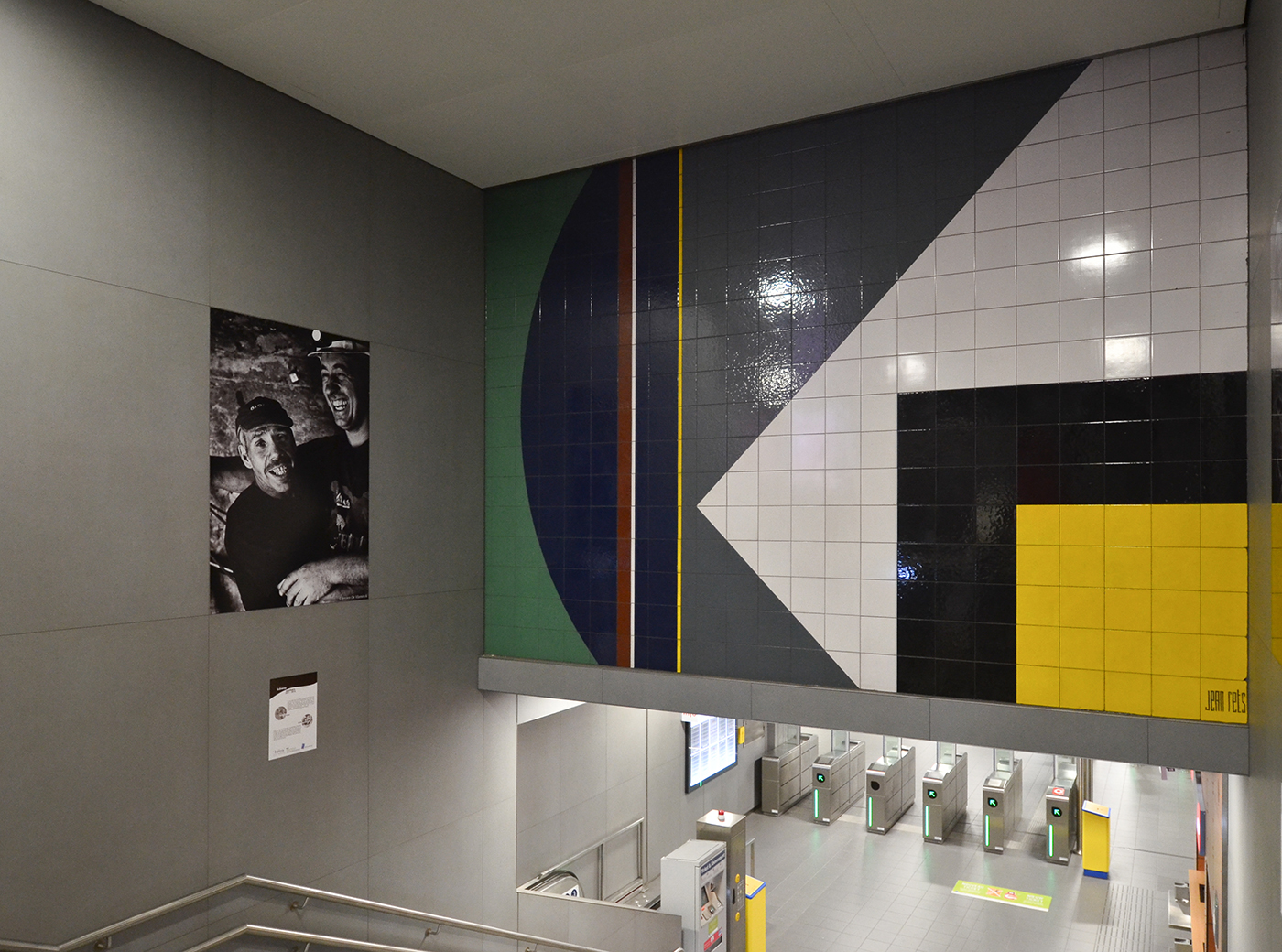
Complex infrastructure such as metro systems and railway stations require an in-depth study of requirements, not only from a technical and architectural perspective, but also from an aesthetic standpoint. Given the significant investment, the design must ensure durability, ease of use and maintenance, along with an image that can extend the purely functional role to that of a space that people pass through without feeling alienated.
Hence the need to deploy the best design practices and the best performing materials: the result is stations that not only serve the needs of cities, but that also enhance their prestige.
Although the origins of the Brussels metro network date back further, the first line went into operation in September 1976. Consisting of 4 dedicated metro lines and 3 tramways, it encompasses 59 stations and offers the city an excellent service. For the Arts-Loi station, located right in the centre of the city beneath the intersection of rue de la Loi and avenue des Arts, the restyling plan included the insertion of Lea Ceramiche’s new generation Slimtech ceramic slabs as a covering for most of the walls.
The Paris metro network, whose first line was opened back in 1900 during the Universal Exposition, now has 16 lines, mostly underground, and 303 stations. It is the third largest metro in Western Europe after London and Madrid. The Paris Metro also has floors partly covered with Lea Ceramiche materials. The floor coverings include Lea Ceramiche’s Basaltina Stone Project, a collection inspired by basalt lava stone.
One of the projects that has mainly helped to revitalise the largest square in Toronto, Canada, is the Nathan Philips Square Bicycle Station, an underground car park entirely dedicated to the city’s cycling community, which was recently given two important recognitions: the 2019 Toronto Urban Design Awards and the special mention at the 2020 Ceramics of Italy Tile Competition Award.


